Business Intelligence Reflective Essay: Analysis and Insights
VerifiedAdded on 2023/01/16
|5
|1178
|66
Essay
AI Summary
This reflective essay critically examines the integration of structured and unstructured data in Business Intelligence (BI), as discussed in the article by Baars & Kemper (2008). The author agrees with the argument that integrating components for handling both data types is beneficial for data analytics. The essay explores the importance of data warehousing and data mining for effective decision-making. While agreeing with the authors' points, the essay also identifies potential issues like the need for integrated systems, the role of experts, evolving regulations, and data security concerns, particularly with cloud-based infrastructure. The essay references the work of Chen, Chiang, & Storey (2012), Hočevar & Jaklič (2010), Isik et al. (2013), Laney (2012), Sabherwal & Becerra-Fernandez (2012), Vercellis (2011) and Zeng, Li, & Duan (2012) to support the arguments, and highlights the importance of data in business processes, the multilayer framework, and the use of BI tools for complex analysis. The essay concludes by emphasizing the need for properly structured and reliable data for effective decision-making in sensitive business processes.
1 out of 5
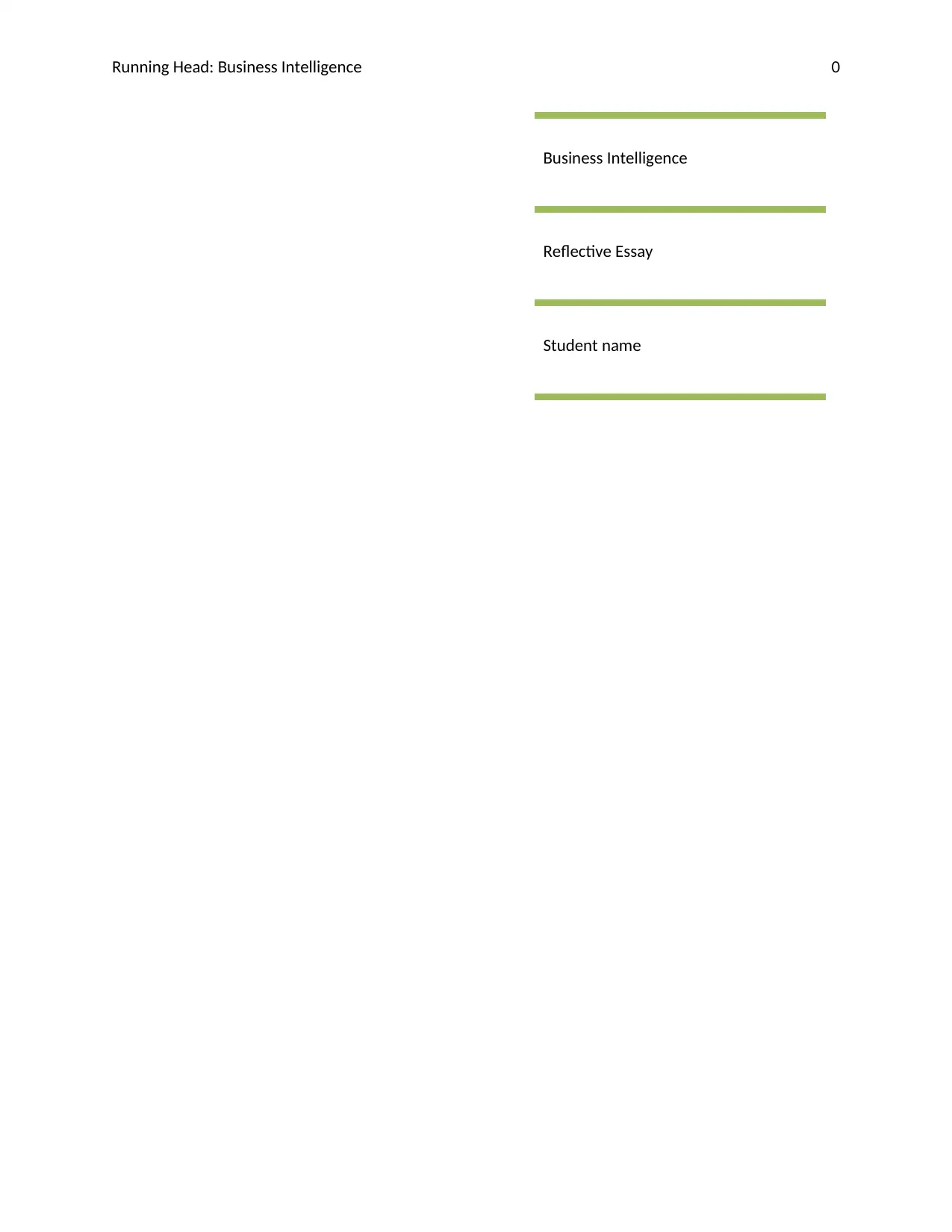
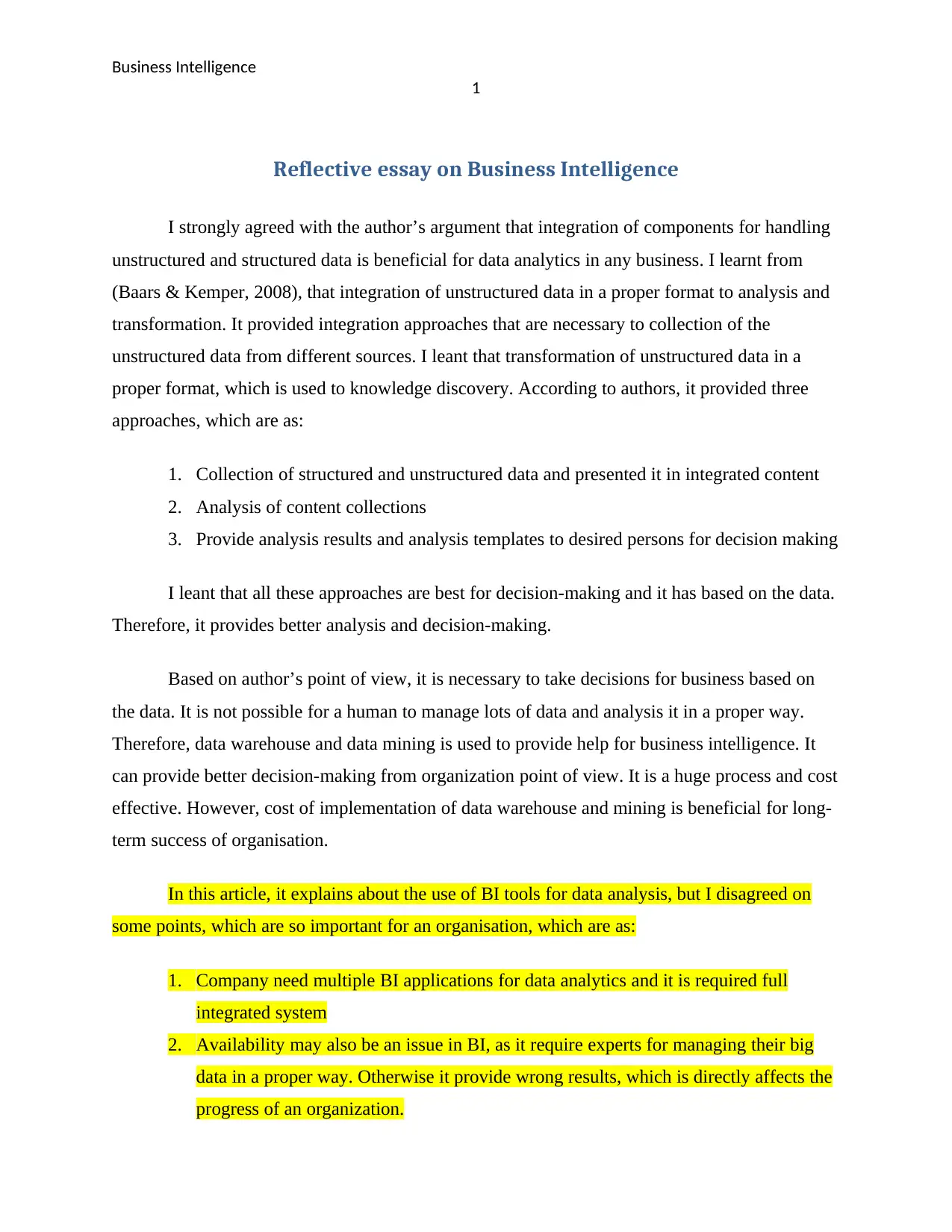
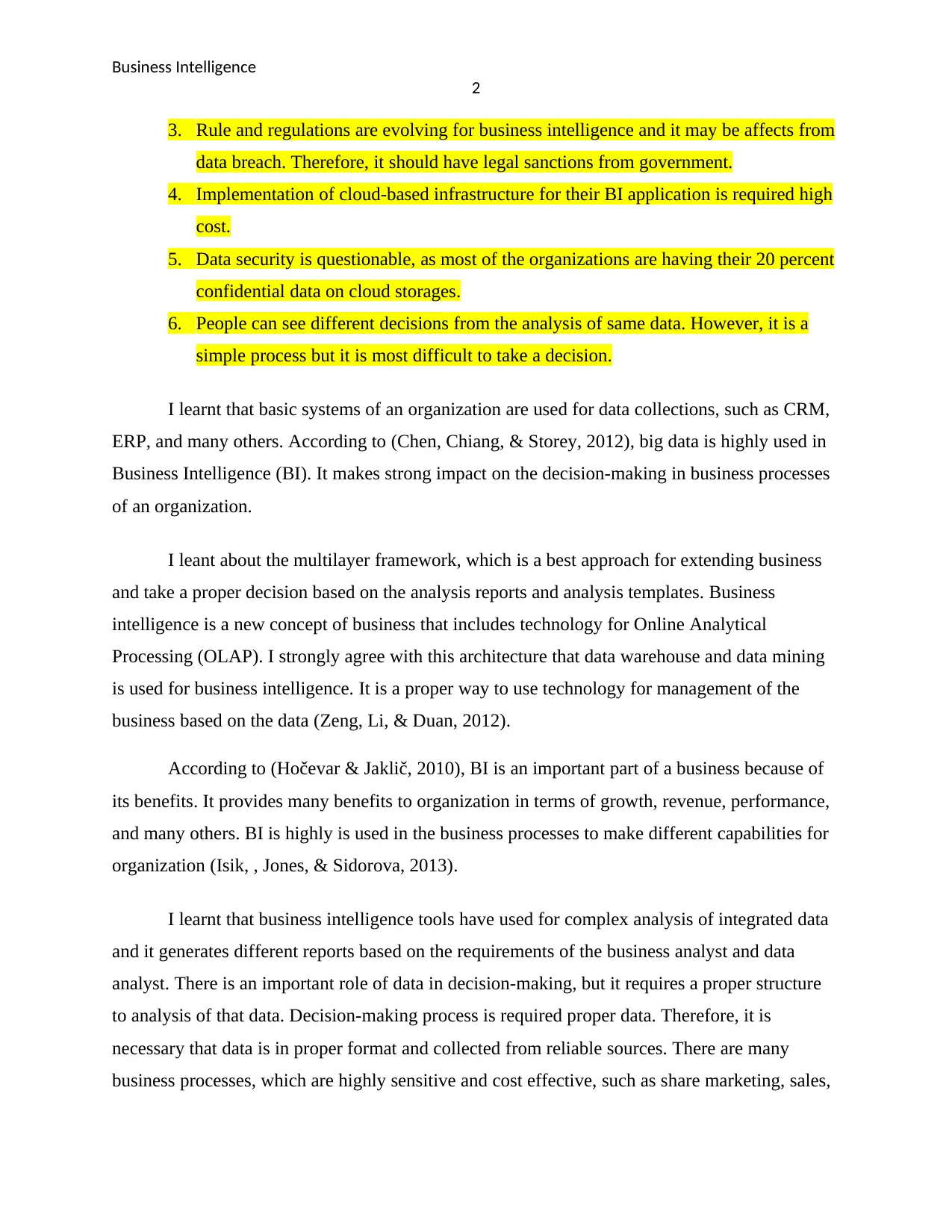

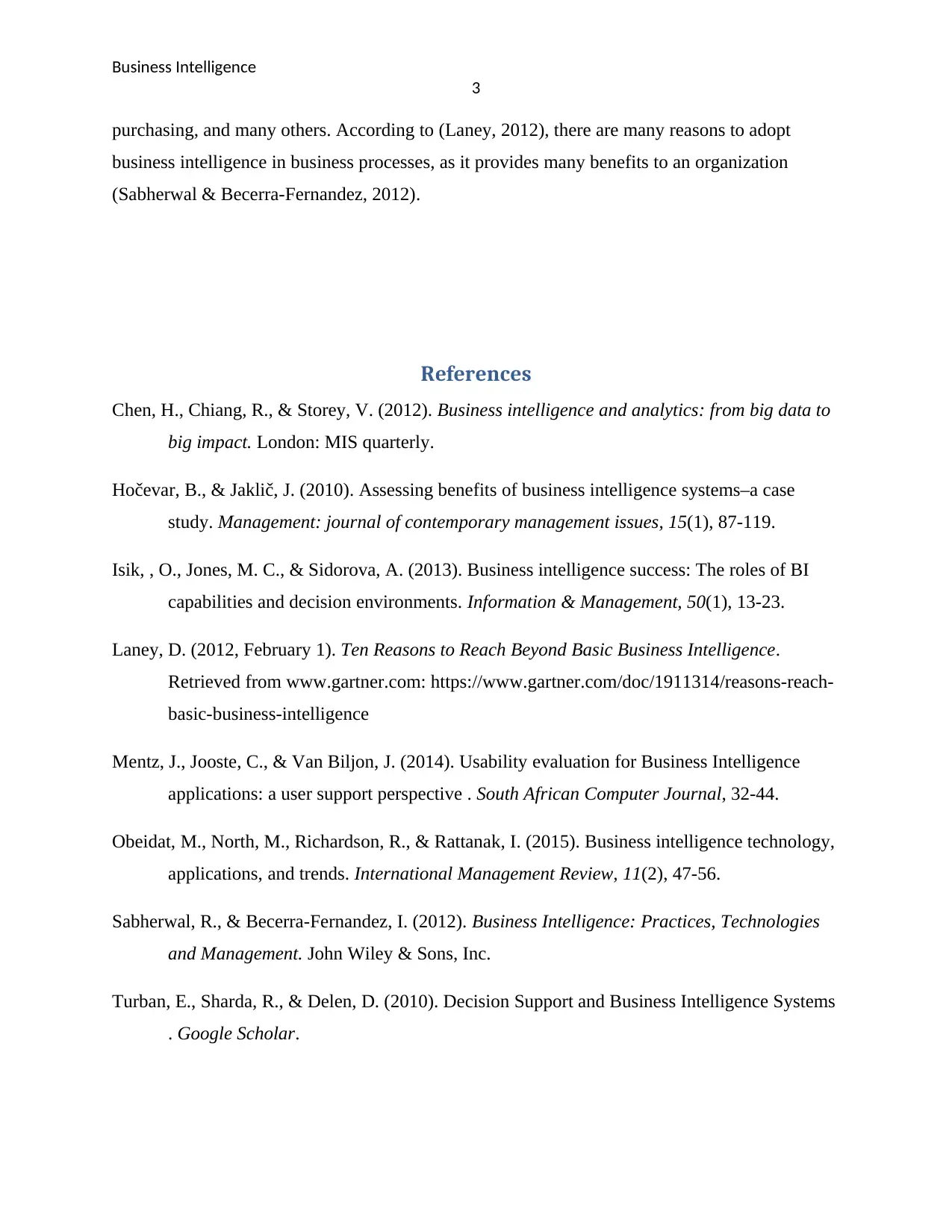
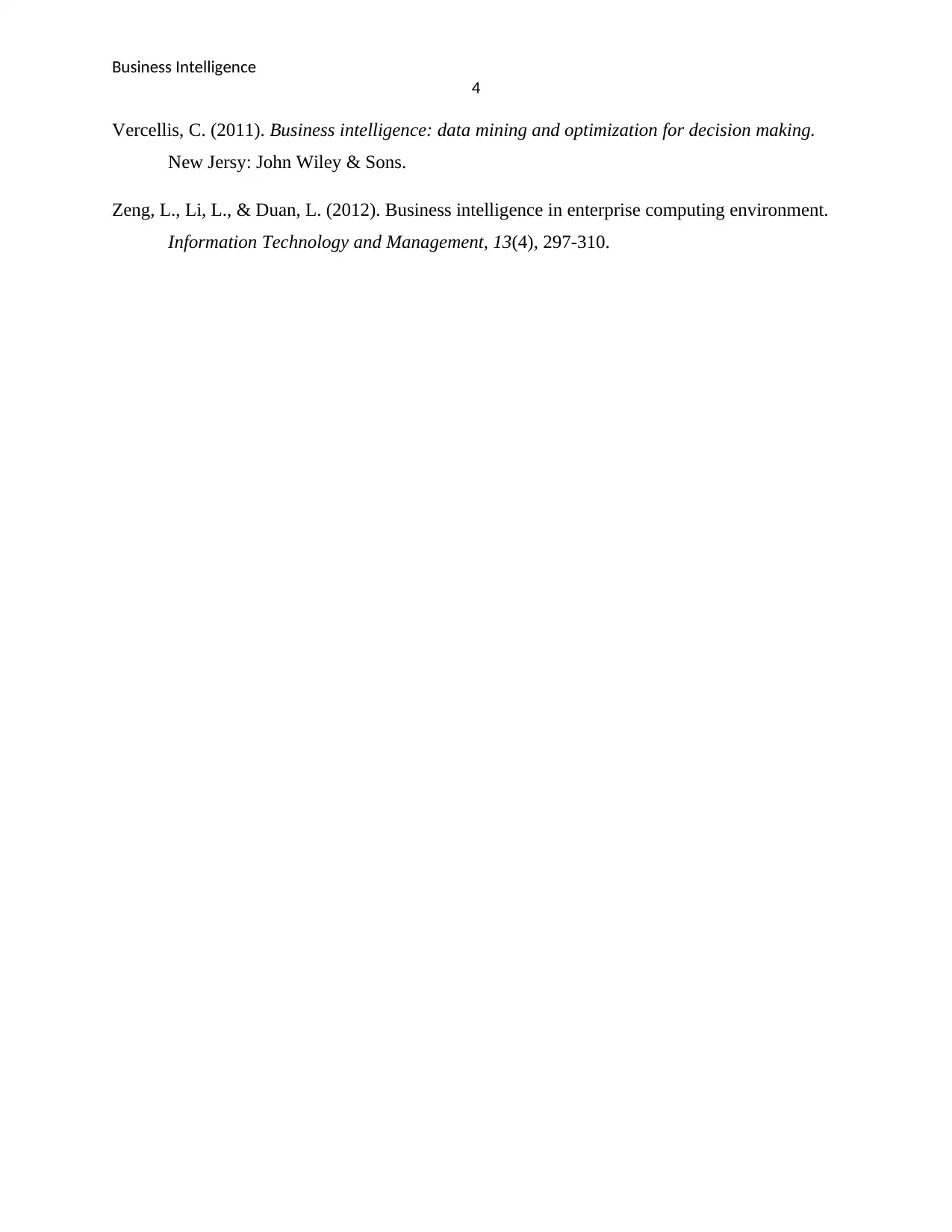






![[object Object]](/_next/static/media/star-bottom.7253800d.svg)